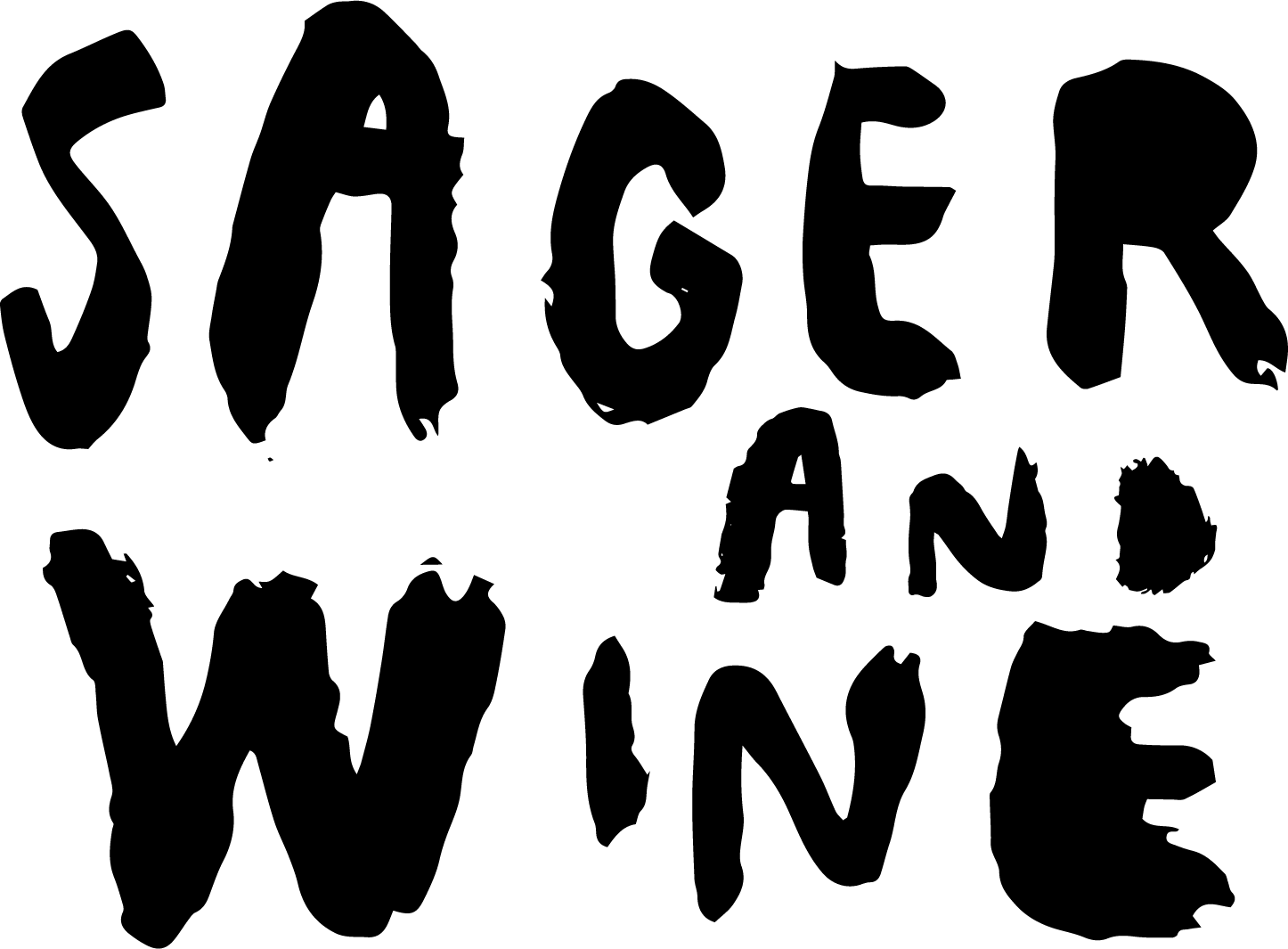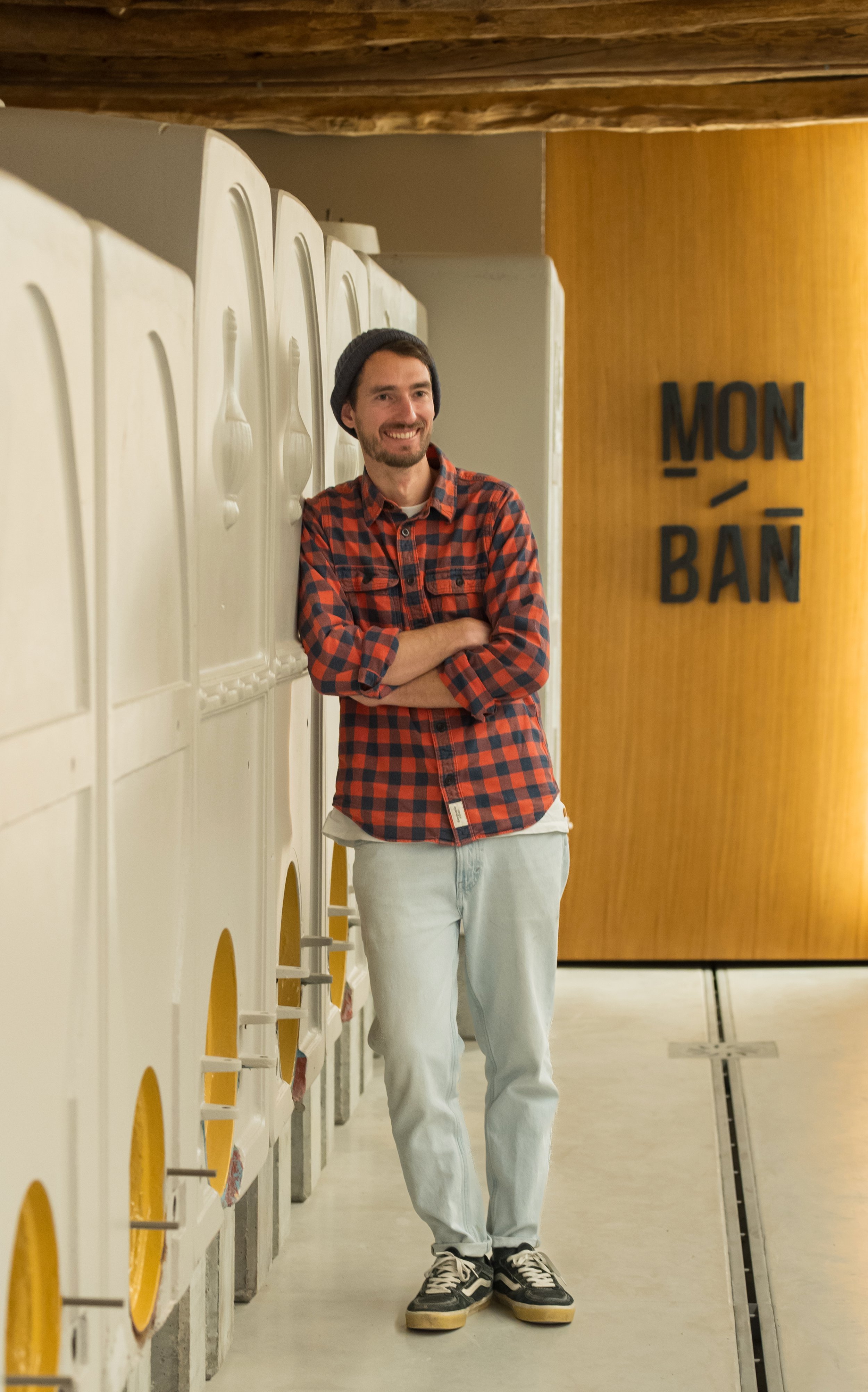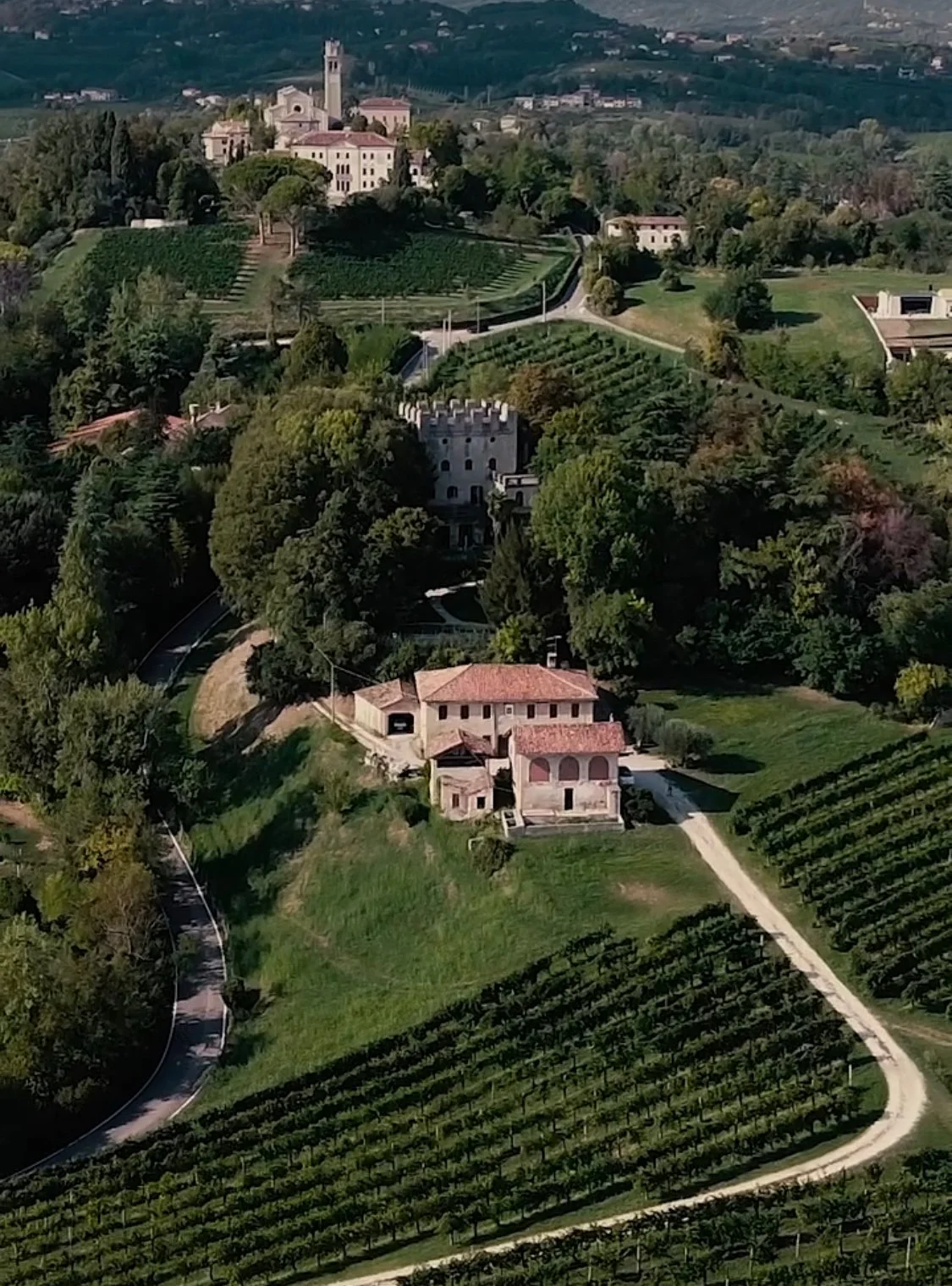MONBAN
Collalbrigo
Veneto
The property is located in Collalbrigo, near Conegliano, in a part of the DOCG where the hills are slightly softer and the soils are richer in clay. This gives the wines greater structure and fruit compared to the neighbouring Valdobbiadene (the second half of the AOC), where the wines are known more for their elegance and floral character.
The estate covers 9 hectares, 3 of which are woodland. The remaining 6 hectares are planted with 40-year-old Glera and Glera Lunga vines. Matteo is also replanting trees and old indigenous grape varieties, such as Verdiso and Boschera, within part of the vineyard.
Farming is strictly organic and heavily informed by biodynamic practices (including preparations 500 and 501), although the estate is not officially certified due to the high costs involved, a common situation for small artisanal projects. Historically, animals were kept on the property, and goats, chickens, and donkeys are now being reintroduced and allowed to roam freely through the vineyards. For Matteo, viticulture is guided by respect for biodiversity, and this step plays an important role in reinforcing that philosophy.
In the cellar, the wine generally undergoes a brief maceration under the cap, followed by spontaneous fermentation and malolactic conversion. It rests on its lees in cement vats until spring, when the still wine is bottled. For the sparkling wine, Matteo waits for the following harvest and adds fresh juice to initiate the second fermentation. For the colfondo wines, there is no disgorgement, and the wine is intended to be enjoyed with the fine lees, as tradition dictates. This is the true traditional wine of the region: not a spumante (Charmat method), but a frizzante (lightly fizzy), usually reaching around 1.5 atmospheres of pressure.
The only addition to the wine is a minimal amount of sulfites before bottling. Total sulfites remain below 30 mg/l, and no sulfites are added to the red wine, currently a niche part of the production, which is made from the local, perfumed Marzemino.
Matteo began making wine because he lives in a beautiful area: the Prosecco DOCG is protected by UNESCO and characterised by highly diverse terroirs, yet most wines are “oenologist wines” rather than expressing a sense of place. For him, it is essential to show that by respecting nature, it is possible to produce wines that taste far better and truly reflect their origin.
Questo Non È
Vintage 2024
Style White
Region Collalbrigo, Veneto
Varieties Glera
ABV 10.5%
Soils Clay
Farming Organic with biodynamic practises
Winemaking Even though this wine was originally conceived as a colfondo, during fermentation Matteo realised it had a great balance. For this reason, he took a step back and decided to bottle it without bubbles, in a still wine version (or tranquillo, as it is called in the region). The wine fermented spontaneously, was not filtered, and only a minimal amount of sulphur was added at bottling. Bottled, as tradition dictates, in a Rhine bottle, this wine represents the whites of the past: light and easy to drink.
Tasting Note Crisp and fresh with notes of green apple, citrus and touch of menthol. This is easy drinking but has a depth and complexity.
Questo Neanche
Vintage 2024
Style Sparkling
Region Collalbrigo, Veneto
Varieties Glera
ABV 11.5%
Soils Clay
Farming Organic with biodynamic practises
Winemaking Colfondo in Valdobbiadene is a religion. It’s the wine you drink among friends. A simple, easy-drinking sparkling wine that comes from a second fermentation in the bottle, after which the yeasts remain at the bottom. It starts with a spontaneously fermented base wine, with a few hours (overnight) of maceration in the press and nothing else. The wine undergoes malolactic fermentation and, of course, is not filtered. At this point, the base wine patiently waits for the next harvest to add the fresh must, which provides the sugars and yeasts necessary for the second fermentation in the bottle.
Tasting Note
Extra Brut
Vintage NV
Style Sparkling
Region Collalbrigo, Veneto
Varieties Glera
ABV 11.5%
Soils Clay
Farming Organic with biodynamic practises
Winemaking As lovers of tradition, Monban initially focused on the production of still and colfondo wines, but when the opportunity arose to make a Charmat method one, they decided to seize the moment and do it the way we like: a light maceration under the cap, spontaneous fermentation, long secondary fermentation in the vat (almost a year), decanting to clarify the wine, and bottling without filtration and with very few sulfites (around 50 mg/l). This is particularly different compared to the trend of the region of only resting the wine on lees for a mere 30 days before bottling.
Tasting Note





